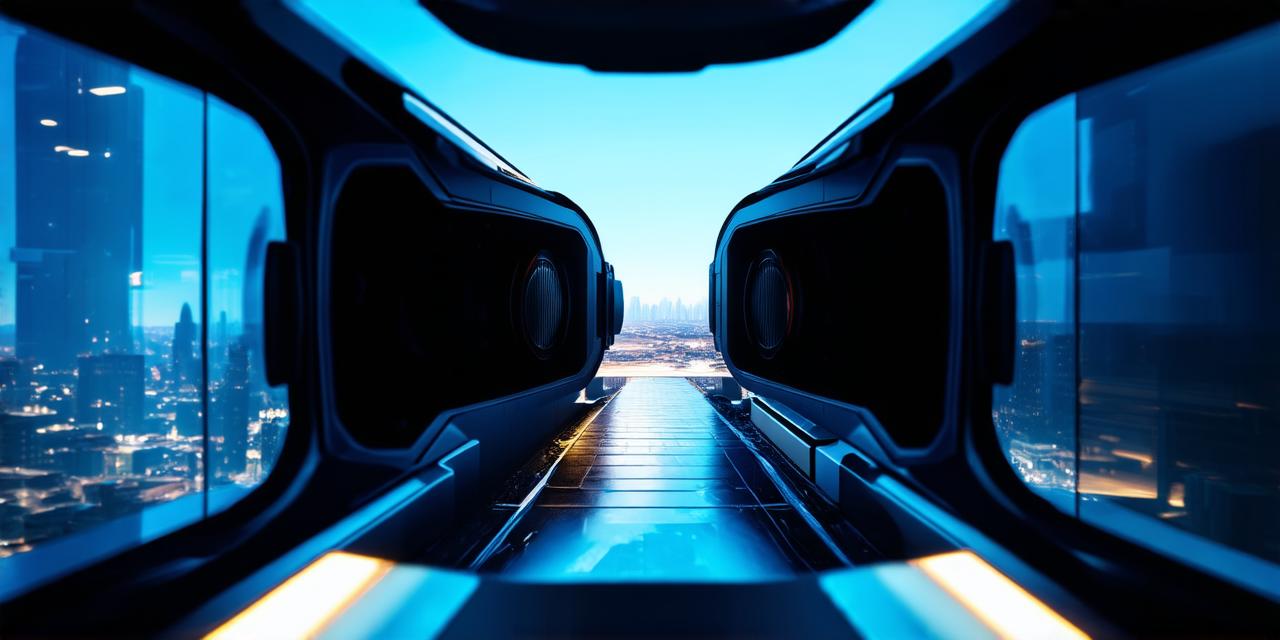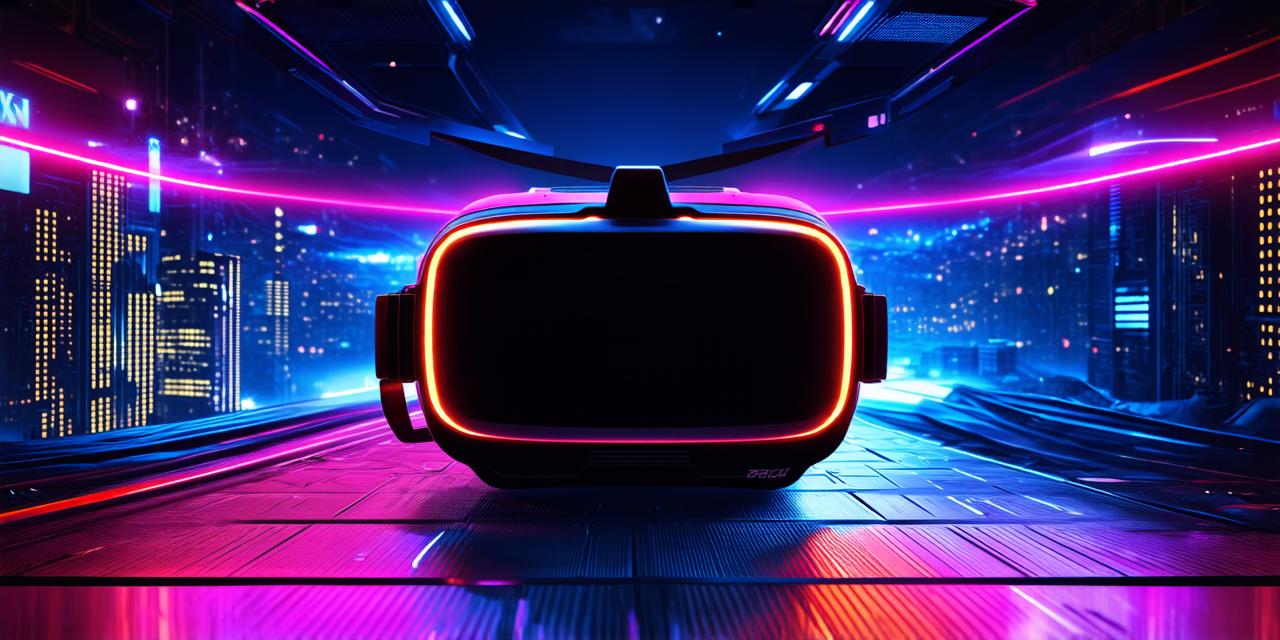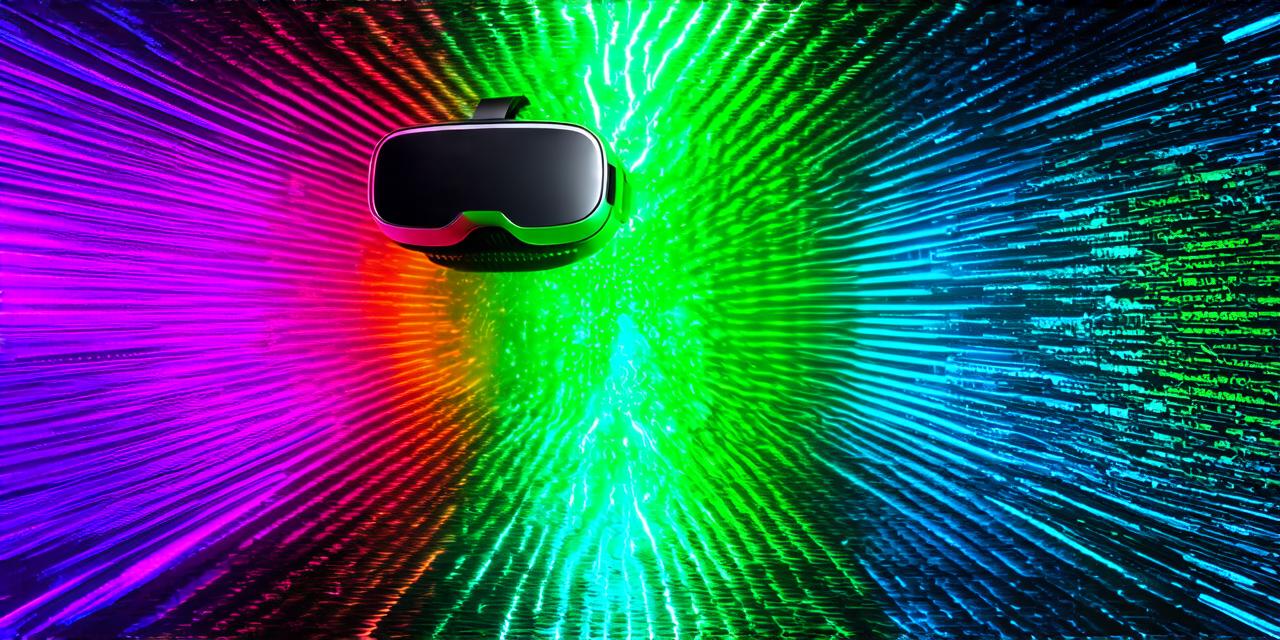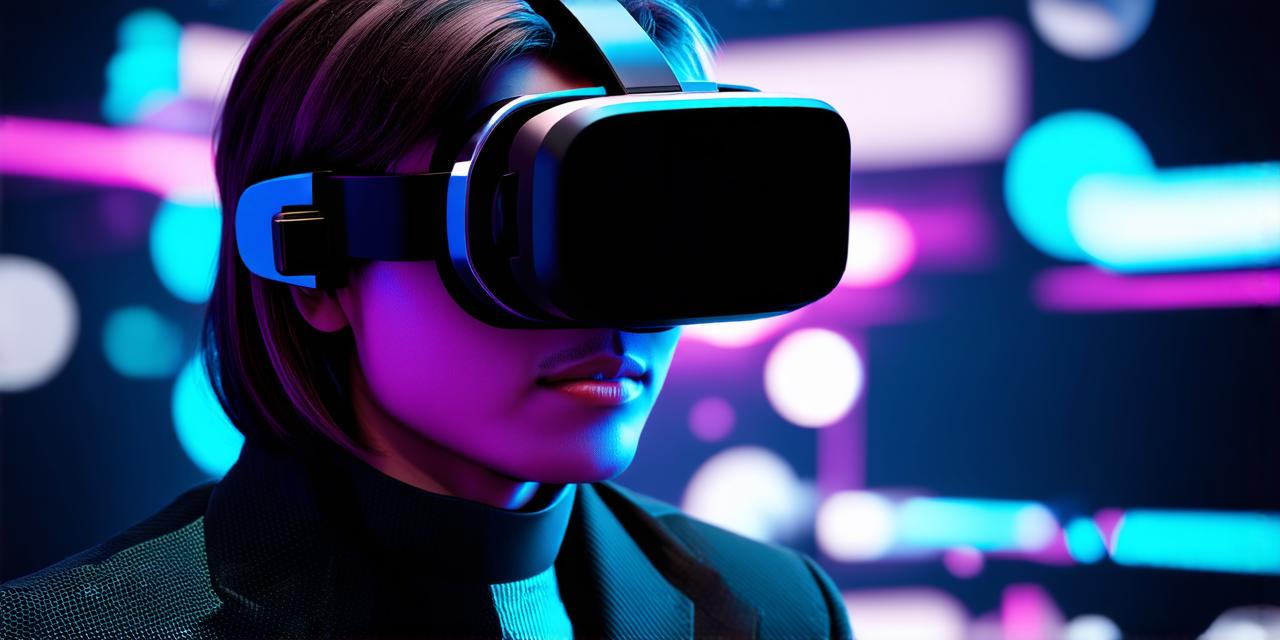Virtual reality (VR) technology has come a long way in recent years, with advances in hardware, software, and displays making it easier than ever for users to immerse themselves in fully interactive 3D environments.
Frame rate and motion sickness
Motion sickness occurs when there is a discrepancy between what the user sees and what they feel, which can lead to nausea, dizziness, and other unpleasant symptoms.
A high frame rate helps to reduce motion sickness by minimizing the difference between the real-world and virtual environments. When a display updates at a fast rate, it can create a more seamless transition between the two worlds, reducing the cognitive load on the brain and making it easier for users to maintain their sense of balance and orientation.
Frame rate and graphics quality
Another important factor in VR is graphics quality. High-quality graphics are essential for creating an immersive experience that feels as realistic as possible. However, even with high-quality graphics, a low frame rate can make it difficult to maintain a sense of realism and depth.
A high frame rate allows the graphics to be updated more frequently, creating a smoother and more natural-looking experience. It also makes it easier for users to focus on what they’re doing in the virtual world, reducing distractions and increasing immersion.
Frame rate and interaction
Finally, frame rate is crucial in VR because of its impact on interaction. In a virtual environment, users rely on their body movements to interact with the world around them. A low frame rate can make it difficult for users to move their bodies or perform actions in a timely manner, leading to frustration and a less enjoyable experience.
A high frame rate enables more responsive interactions with the virtual world, allowing users to move and act more fluidly and intuitively. It also makes it easier for developers to create interactive elements that feel natural and intuitive, enhancing the overall user experience.
In conclusion
In summary, a high frame rate is crucial in VR because of its impact on motion sickness, graphics quality, and interaction. A high frame rate helps to reduce motion sickness by creating a more seamless transition between the real-world and virtual environments, minimizing the cognitive load on the brain and making it easier for users to maintain their sense of balance and orientation.
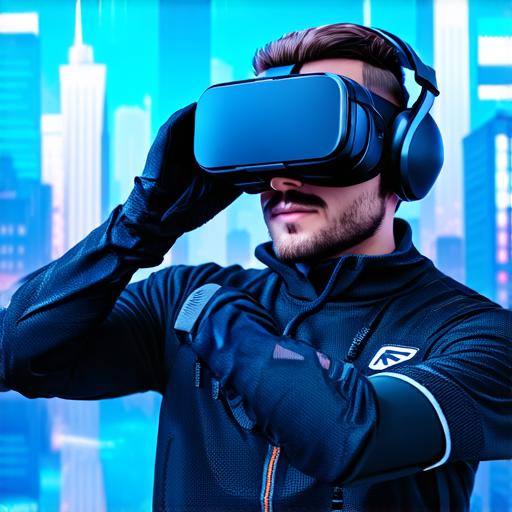
It also enables high-quality graphics that create a more immersive experience and improves responsiveness, allowing users to move and act more fluidly and intuitively. As VR technology continues to evolve, we can expect to see even higher frame rates and even more advanced graphics capabilities, leading to an increasingly realistic and immersive experience for users.
